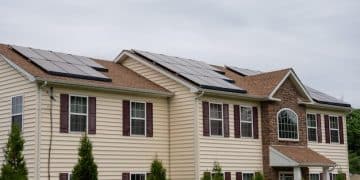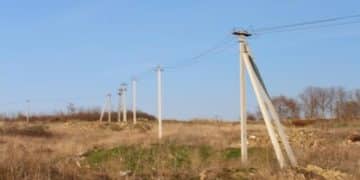Choosing the Right Energy Storage Inverter: US Solar + Battery Guide
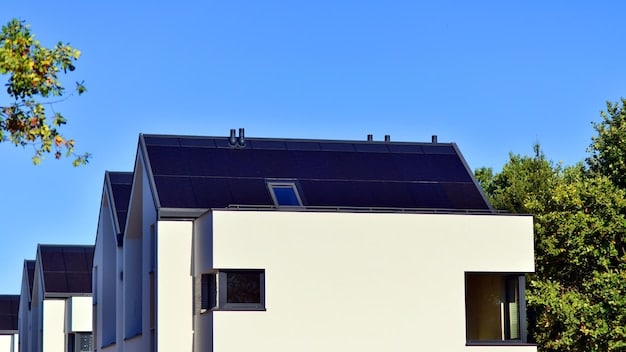
Choosing the right energy storage inverter for your solar and battery system in the US involves understanding your energy needs, system size, battery compatibility, and specific inverter features to ensure optimal performance and efficiency.
Investing in a solar and battery system for your home in the US is a smart move towards energy independence and sustainability. But to truly maximize your system’s potential, you need to choose the right energy storage inverter. This comprehensive guide will walk you through the essential factors to consider, ensuring you make an informed decision and enjoy reliable power for years to come.
Understanding Your Energy Needs
Before diving into the technical specifications of inverters, it’s crucial to assess your household’s energy consumption patterns. This assessment will help you determine the appropriate size and type of inverter for your solar and battery system, ensuring it meets your specific needs.
Calculate Your Energy Usage
Start by reviewing your past electricity bills to understand your average monthly and peak energy consumption. Pay attention to seasonal variations and identify any high-energy-consuming appliances or periods when your demand is highest.
Consider Future Energy Needs
Think about any potential changes to your energy usage in the future. Are you planning to add electric vehicles, install a pool, or expand your home? Accounting for these future demands will help you choose an inverter with sufficient capacity to handle your evolving needs.
- Analyze your historical energy bills for usage patterns.
- Identify peak demand times and high-energy appliances.
- Estimate future energy needs based on planned changes.
By understanding your energy needs upfront, you’ll be better equipped to select an energy storage inverter that aligns with your consumption patterns and provides reliable backup power when you need it most.
Sizing Your Inverter Correctly
Choosing the correct inverter size is critical for the efficiency and lifespan of your solar and battery system. An undersized inverter won’t be able to handle peak loads, while an oversized one will operate inefficiently and increase your upfront costs.
Match Inverter Size to Solar Array
The inverter’s DC input capacity should closely match the DC output of your solar panel array. A slight oversizing (up to 20%) is acceptable, as it allows the inverter to capture more energy during peak production times.
Consider Your Battery Capacity
The inverter’s AC output capacity should also align with the storage capacity of your battery bank. A mismatch between the two can lead to inefficient charging and discharging, reducing the overall lifespan of your batteries.
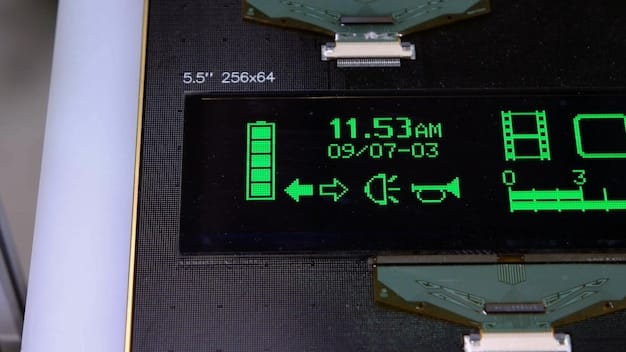
Properly sizing your inverter is a delicate balance that requires careful consideration of both your solar array and battery bank specifications. Consulting with a qualified solar installer can help you determine the optimal size for your specific system configuration.
Battery Compatibility and Voltage
Not all energy storage inverters are compatible with every type of battery. Ensuring compatibility between your inverter and battery chemistry is crucial for system performance and safety.
Check Battery Chemistry Compatibility
Inverters are often designed to work with specific battery chemistries, such as lithium-ion, lead-acid, or nickel-based batteries. Verify that the inverter you choose is compatible with the type of battery you plan to use.
Voltage Matching
Equally important is matching the inverter’s voltage requirements to the voltage of your battery bank. Mismatched voltages can lead to system damage and void warranties. Standard battery voltages are typically 24V, 48V, or higher for larger systems.
Selecting an inverter that is fully compatible with your battery chemistry and voltage requirements is essential for reliable and efficient energy storage. Refer to the inverter and battery specifications to confirm compatibility before making a purchase.
- Confirm inverter compatibility with your battery chemistry (e.g., lithium-ion, lead-acid).
- Ensure the inverter’s voltage input matches the battery bank voltage.
- Check the inverter’s power rating aligns with your battery’s capacity.
By carefully considering battery compatibility and voltage requirements, you can ensure seamless integration and optimal performance of your energy storage system.
Essential Inverter Features to Look For
Modern energy storage inverters come equipped with a range of features designed to enhance performance, safety, and user experience. Evaluating these features will help you select an inverter that meets your specific needs and preferences.
Grid-Tied vs. Off-Grid Capability
Determine whether you need a grid-tied inverter that can export excess solar energy back to the grid, or an off-grid inverter that can operate independently of the utility grid. Some inverters offer both capabilities.
Backup Power Functionality
Consider the inverter’s backup power capabilities in case of a grid outage. Look for features like automatic transfer switches and sufficient power output to run essential appliances during an emergency.
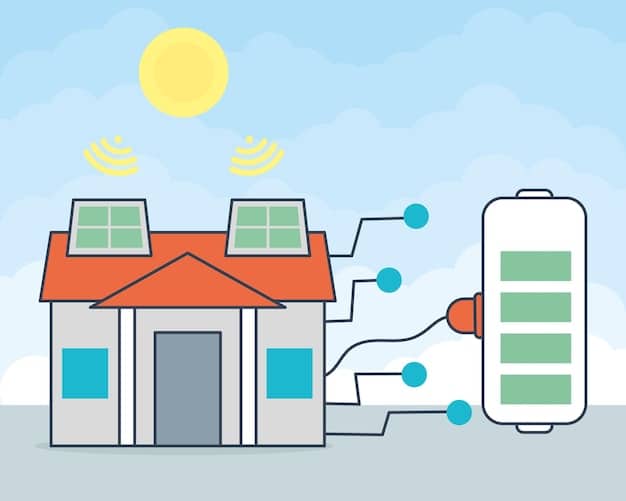
Choosing an inverter with the right features can significantly enhance the functionality and value of your solar and battery system. Weigh your needs and preferences carefully when evaluating different inverter models.
Understanding Inverter Efficiency and Performance Metrics
Inverter efficiency and performance metrics are key indicators of how well an inverter converts DC power from your solar panels or batteries into usable AC power. Understanding these metrics will help you choose an inverter that maximizes energy production and minimizes losses.
CEC Efficiency
The California Energy Commission (CEC) efficiency rating is a standardized measure of inverter efficiency under real-world operating conditions. Look for inverters with high CEC efficiency ratings (typically above 95%) for optimal performance.
MPPT Voltage Range
The Maximum Power Point Tracking (MPPT) voltage range indicates the inverter’s ability to efficiently harvest energy from your solar panels across a range of voltage levels. A wider MPPT voltage range allows the inverter to perform better under varying sunlight conditions.
Analyzing inverter efficiency and performance metrics is crucial for selecting a high-performing inverter that maximizes energy production and minimizes losses. Compare specifications from different manufacturers to identify the most efficient option for your specific system configuration.
Installation, Warranty, and Support
When choosing an energy storage inverter, it’s important to consider not only the product itself but also the installation process, warranty coverage, and available support services. These factors can greatly impact your overall satisfaction and long-term cost of ownership.
Professional Installation
Ensure that the inverter is installed by a qualified and licensed solar installer. Proper installation is critical for safety, performance, and warranty coverage.
Warranty Coverage
Review the inverter’s warranty terms and conditions, including the length of the warranty, covered components, and any limitations or exclusions. A longer warranty provides greater peace of mind and protection against potential defects.
- Hire a certified solar installer for professional installation.
- Review the inverter’s warranty terms and coverage thoroughly.
- Check the manufacturer’s reputation and customer support resources.
By carefully considering installation, warranty, and support, you can ensure a smooth and successful experience with your energy storage inverter.
| Key Aspect | Brief Description |
|---|---|
| 💡 Energy Needs | Assess your energy usage to determine the right inverter size. |
| 🔋 Battery Compatibility | Ensure the inverter is compatible with your battery chemistry. |
| ✅ Essential Features | Consider features like grid-tie, off-grid capability & backup power. |
| 🛠️ Installation & Warranty | Ensure professional installation and review warranty terms. |
FAQ
▼
An energy storage inverter converts DC power from solar panels or batteries into usable AC power for your home, and manages the flow of electricity between these sources and the grid.
▼
Match the inverter’s DC input to your solar array’s output and its AC output to your battery storage capacity. Consult with a solar professional for precise sizing.
▼
Commonly compatible chemistries include lithium-ion, lead-acid, and nickel-based batteries. Always check the inverter specifications for compatibility.
▼
CEC efficiency is a standardized measure of inverter efficiency. Higher ratings (above 95%) mean less energy is lost during conversion, optimizing system performance.
▼
Professional installation ensures safety, optimal performance, and compliance with warranty requirements. It also guarantees the system meets local electrical codes.
Conclusion
Choosing the right energy storage inverter for your US solar and battery system is a critical decision that impacts performance, reliability, and overall cost-effectiveness. By carefully assessing your energy needs, understanding battery compatibility, and considering essential features, you can select an inverter that optimizes your energy independence and provides peace of mind for years to come.
